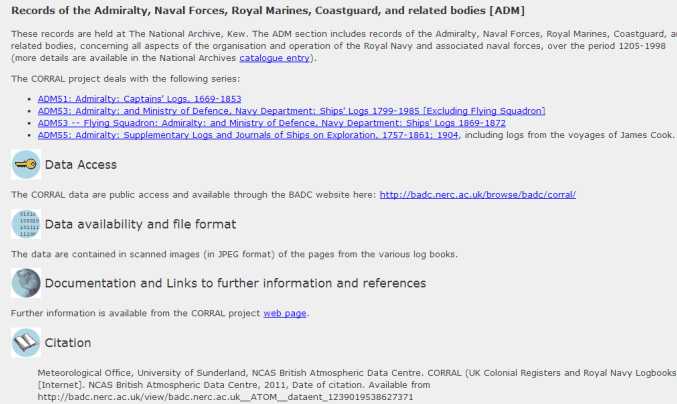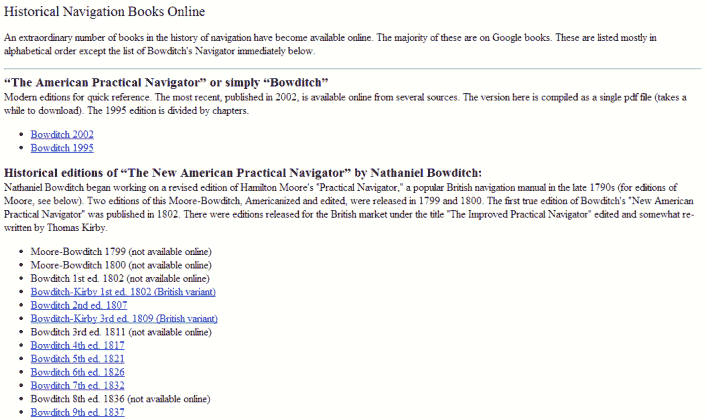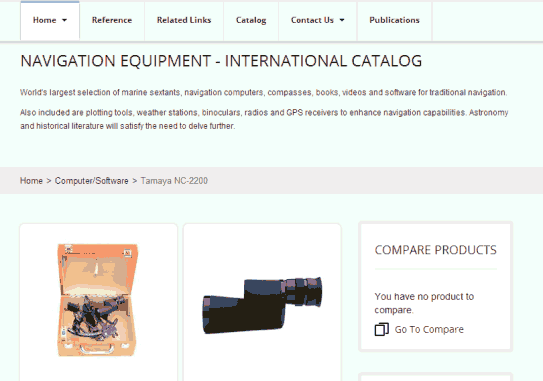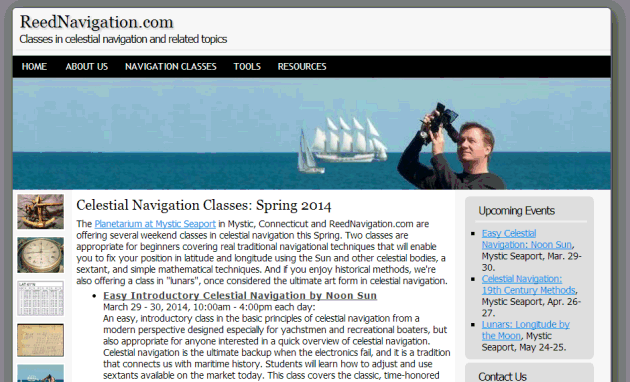
NavList:
A Community Devoted to the Preservation and Practice of Celestial Navigation and Other Methods of Traditional Wayfinding
From: Frank Reed
Date: 2024 Sep 30, 10:13 -0700
David Pike, you wrote:
"What if you picked four stars, e.g., A, B, C, & D? Then measure four star angles (like lunar distance) e.g., AB, AC, AD, and BC taken at very accurate times. Send these in your distress message. NASA ought to be able to work out a rough position in space with these. Unfortunately, the tetrahedron produced will be giant sized, because your sextant is so poor."
Yes, absolutely, and that's a second navigation problem implicit in my sci-fi scenario.
I would imagine that our future three-dimensional almanac would have a natural ability to display the sky from any location (within reason). This would be an "easy" feature to implement and almost a required capability. So we could probably resolve this even without measuring any angles if we have some crude means of identifying stars. Assuming our castaway has time to kill (probably!) and assuming there is some means to keep the tech powered-up (emergency solar cell array unfolded on landing?), then we can experiment with different possible locations. If, before landing, I was un-conscious, or fighting a desperate space battle, or maybe just really, really drunk... then it's possible that I don't know the parent star, or "sun", of the planet I crashed on. But fortunately, stars in general are rather widely distributed in space, excluding dense star clusters, so the apparent constellations would provide visible info that would yield our location. This will get you a location to within better than a cubic light-year just "by inspection". Again, if you're in a star cluster, that may not be enough. In a binary or trinary or more system, you would have a little more work to do, but still solvable without any major difficulty.
You mentioned "very accurate times"... If I'm just measuring star-star angles, would that really matter? The tricky part, at first, might be identifying stars, but some would be obvious. Within a few hundred light-years of Earth, the Pleiades would normally be easy to identify. If I have an "app" that can plot the sky from the nearest hundred possible star systems, then I could just cycle through, keeping my focus on the Pleiades, and seeing how other bright stars in the vicinity would look. The constellations should decide it!
You added:
"Funnily enough, I had a feeling I’d seen a three-view drawing of your spaceship online a couple of weeks ago, but an evening’s searching for it came up with nothing, so perhaps I was dreaming. However, with all those square portholes, it appears that AI still needs to inform itself of Coffin’s law. "
Ha ha. Yes, the square portholes suggest a design lacking aerospace engineering insight. :) As for the "funny" feeling that you've seen this spaceship before, I think that is a common feature, even a benefit, of A.I.-generated images. After all, that's how the software creates the images --by merging and varying other source material. It's remarkable how good the results can be, considering we're such a short time into GAIR --that's the "Glorious A.I. Revolution", but the flaws are often dead giveaways. A day or two after generating my crashed interstellar shuttle, I asked for another image to accompany a news story about an unexpected guest in an in-flight meal [see below]. It took some persuasion to get the passengers right, and the copy of the news headline at the top was added manually, but it worked out nicely. And yet... notice the broken legs... That's a common A.I. error at the current level of the tech. The A.I. generators also know only the virtual universe that consists of online imagery. What does the night sky look like? It looks like long exposures of Milky Way star clouds. Poor virtual savants have never had the privilege of laying out under a real starry night sky, and they cannot imagine such a thing...
Frank Reed







